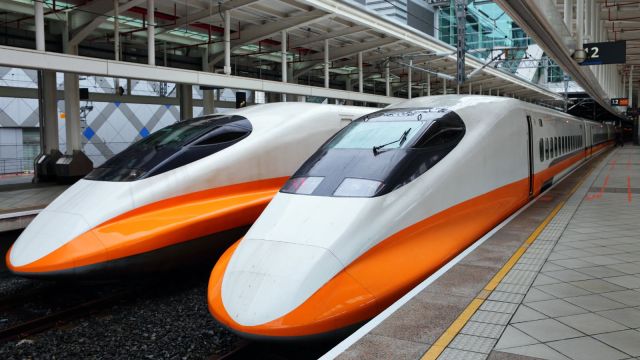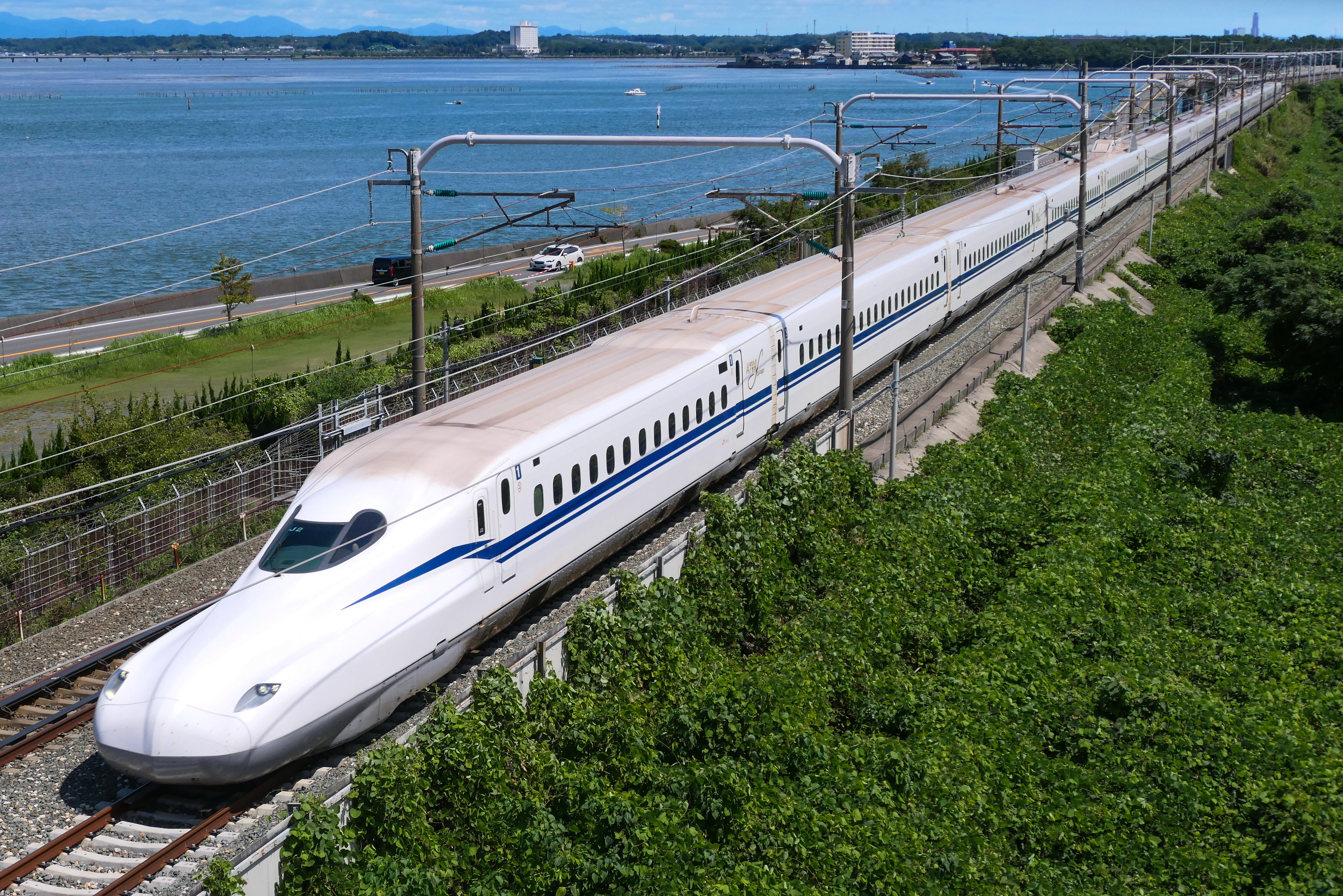It is an understatement to state that efficient transportation systems are crucial for the development of urban areas. They are essential for creating cities that are more accessible, livable, and interconnected.

The evolution of high-speed rail has transformed global transportation by offering an alternative to aviation, promoting economic growth, reducing travel times, and offering a sustainable option.
Combining innovation, speed, and efficiency, these high-speed railways have emerged as the foundation of urban mobility.
India does not currently operate any high-speed trains that exceed 200 km/h (125 mph). However, the country is making significant progress in developing high-speed rail infrastructure, which will enhance connectivity and reduce travel times across major urban centres.
The Vande Bharat Express, also referred to as Train 18, is recognised as the fastest train in India as of 2024. It is capable of reaching a maximum speed of 180 km/h; however, for safety and operational considerations, it typically operates at a reduced speed of 160 km/h.
 Vande Bharat—India’s semi-high-speed train. (file)
Vande Bharat—India’s semi-high-speed train. (file)
Globally, countries like Germany, Italy, France, Spain, China, and Japan boast extensive high-speed rail networks, with trains that can reach speeds of over 300 km/h.
Story continues below this ad
The top 10 fastest high-speed trains in the world:
Given the significant strides and development over the previous decade, Railway Network released an index of the ten fastest high-speed trains presently in service all over the world, ranked by operating speed.
Notably, Asian countries like China and Japan are investing heavily in high-speed rail infrastructure, with China home to three of the world’s fastest trains: the Shanghai Maglev, the China Railway Harmony (CRH380A), and the China Railway Fuxing.



 Vande Bharat—India’s semi-high-speed train. (file)
Vande Bharat—India’s semi-high-speed train. (file) China’s Shanghai Maglev (source: Wikipedia Commons)
China’s Shanghai Maglev (source: Wikipedia Commons) Japan’s Tokaido Shinkansen (credit: Wikipedia Commons)
Japan’s Tokaido Shinkansen (credit: Wikipedia Commons)





























